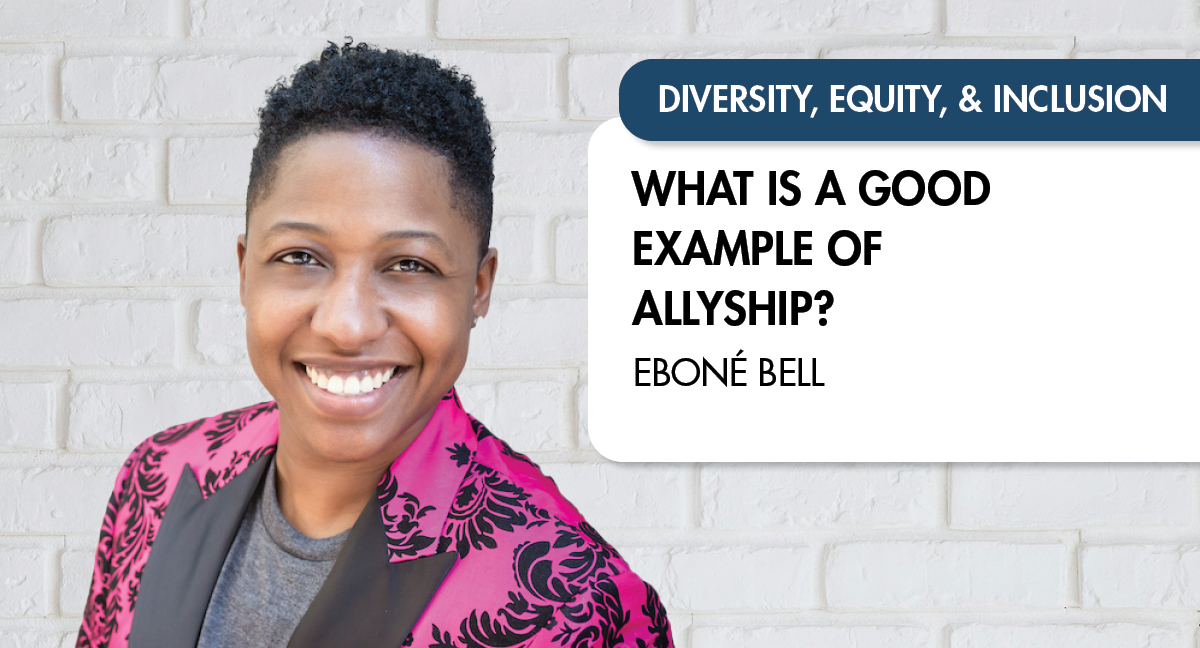
What is a good example of allyship?
Many people ask me how I show up in terms of allyship and what it really looks like in practice. To me, allyship isn’t just a concept but a series of actions and commitments that shape how we engage with the world around us. It’s about more than just saying the right words; it’s about living those values every day and standing up when it matters most.
In today’s diverse and interconnected world, the concept of allyship has become increasingly important in fostering understanding, support, and solidarity among different communities. But what exactly does it mean to be an ally, and how can one effectively contribute to positive change?
Definition of Allyship
Allyship refers to the practice of supporting and advocating for marginalized or underrepresented groups. It involves using one’s privilege, resources, or platform to stand in solidarity with those facing systemic inequalities or discrimination. True allyship requires more than just verbal support; it involves taking concrete actions.
Why Allyship Matters
Allyship is important because it helps create a more equitable and just world. By standing in solidarity with those who face discrimination, allies use their platforms and privileges to elevate the voices of those who might otherwise be ignored or marginalized. By supporting and advocating for these voices, allies help to bring attention to important issues and drive meaningful change.
We work to challenge systemic inequities, promote inclusivity, and build a sense of community and support. Allies help create environments where diverse perspectives and experiences are valued and respected. This inclusivity leads to richer, more dynamic interactions and a broader understanding of the world.
Examples of Allyship
Example #1: Using Your Voice to Advocate for Others
Speaking up as an ally involves using your privilege or position to support marginalized or underrepresented groups.
For example, imagine you’re at a work meeting and someone makes a dismissive comment about a female colleague’s idea. As an ally, you might say something like, “I think [Colleague’s Name] had a really good point. We should consider her idea more closely because it could bring valuable insight to our project.”
In this example, you’re using your voice to counteract the dismissive behavior, affirming the colleague’s contribution, and fostering a more inclusive environment. It’s about recognizing when to step in and advocate for others, even if you’re not directly affected by the situation.
Example #2: Bree Newsome and James Tyson
In June 2015, after the heartbreaking Charleston church shooting, Bree Newsome made headlines by climbing the flagpole outside the South Carolina Statehouse and removing the Confederate flag. This flag had long been a symbol of racial oppression and hatred, and Bree’s act was a powerful statement against those injustices.
However, Newsome did not undertake this act in isolation. James Tyson, a white ally, played a crucial role in supporting her endeavor. Tyson, who was a key supporter and taught Newsome how to climb, was present to ensure her safety and to help her navigate the legal and logistical challenges. In fact, during Newsome’s climb up, the police surrounded her and decided they would use their taser guns on the pole to get her down. Knowing the danger in this action, Tyson ran over to the pole and hugged it. In that moment, he knew police were less likely to harm (or murder) a white man in broad daylight. His involvement exemplified allyship by standing in solidarity with Newsome’s mission.
Their joint efforts led to significant media coverage and public discourse about the Confederate flag and its implications. The state of South Carolina eventually decided to remove the flag from the Statehouse grounds, marking a victory for those advocating for racial justice and inclusivity.
Example #3: Supporting and Respecting People’s Pronouns
Imagine a workplace where an employee, Alex, who is transgender, is facing challenges with their name and pronouns being consistently misused by colleagues despite having informed everyone about their transition. This situation creates an uncomfortable and unwelcoming environment for Alex, affecting their well-being and job satisfaction.
As an ally, you want to check in with them to ensure they feel supported and respected. More specifically, listen to Alex’s concerns about the repeated misuse of their name and pronouns. This is an opportunity to educate yourself about the challenges that transgender individuals face in the workplace and the importance of using correct pronouns.
This will give you the tools to speak up and advocate for others like Alex in the workplace. You can speak up in meetings and one-on-one conversations with colleagues to emphasize the importance of using Alex’s correct name and pronouns, always focusing on education rather than confrontation. And if you want to go a step further, advocate for changes in company policies to ensure they are inclusive of transgender employees. This might involve proposing training sessions on diversity and inclusion or suggesting updates to HR policies to better support employees like Alex.
Conclusion
For me, allyship means continually asking yourself how I can contribute positively and how can I use my position to support others. It’s an ongoing process of learning, unlearning, and growing. It’s about making sure that your actions align with your values and that you’re doing your part to contribute to a more just and inclusive society. So, when people ask me about allyship, I point to examples like these. They are powerful reminders of what it means to show up for others and to actively work toward positive change.
